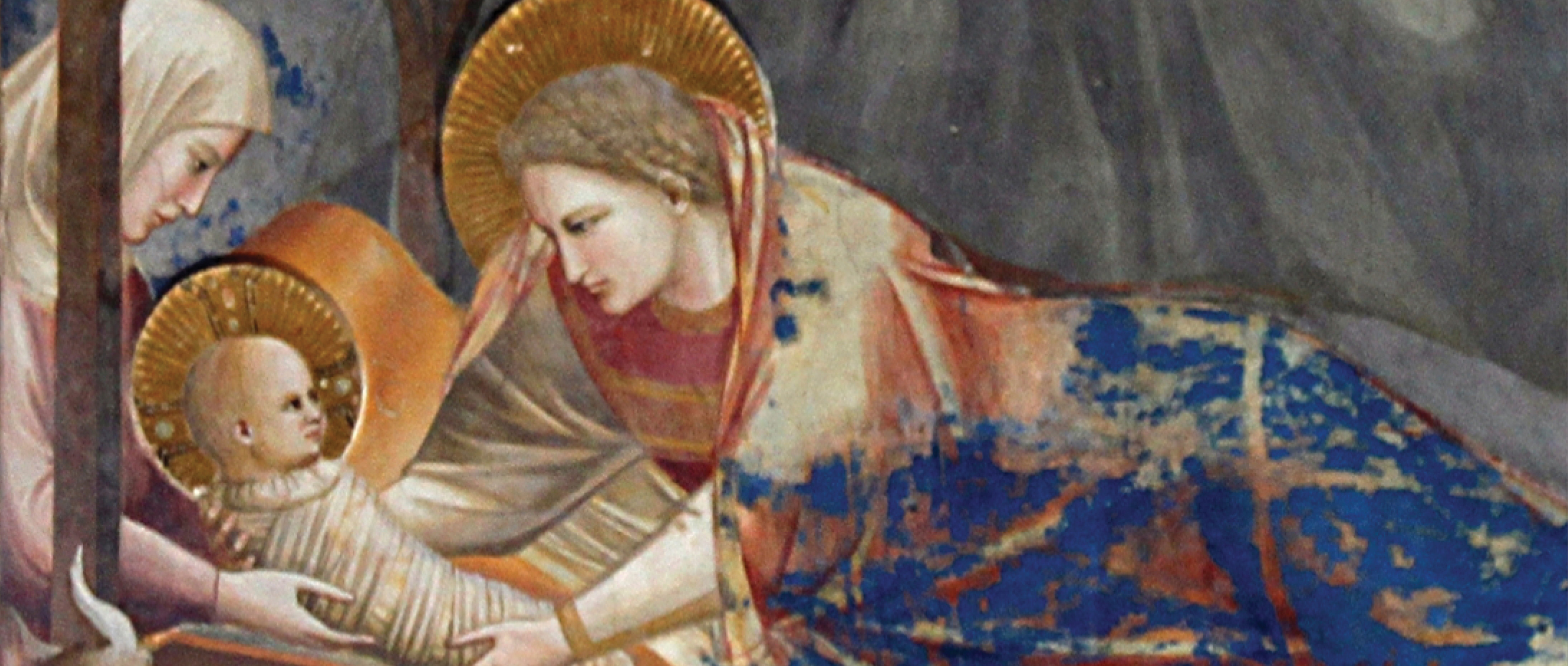Listening to Extractivism: Sound and the Capitalocene in 20th- and 21st-century Latin American Literature and Culture
Latin America has a rich and complex tradition of orality, both aural and textual. This course considers 20th- and 21st-century literature and culture in relation to that tradition, considering how recent works build on and, perhaps more importantly, diverge from, oral practices that have been the ground of storytelling, memory making, and political interventions in the region. Throughout the semester, we will attend closely to how Latin American literary and cultural expression wields sound and aurality to portray, comprehend, and challenge the impacts and effects of advanced capitalism. Grounded by Rob Nixon’s concept of “slow violence,” which proposes a capacious understanding of the effects of resource extraction and capitalist reason, the seminar brings a sound studies lens to Nixon’s theory to meditate on topics like gendered violence, genocide and epistemicide, increased forced migration to North America, environmental degradation and ecological disasters, and the impacts of ableism and anthropocentrism on human and more-than-human worlds. In particular, our conversations will inquire into how literature and culture invoke or represent sound, listening, and silence—both thematically and through literary devices and formal structure—as a means of indexing, critiquing, and deconstructing structures of power. Together, we will consider how aurality is deployed in aesthetics as a means of perceiving alternative epistemologies and responding to precarity, inequality, and violence of the Capitalocene.
Discussion of primary works will occur in Spanish and will be informed by critical readings from philosophy, literary theory, media studies, and other related disciplines. As the semester progresses, we will acquire a critical vocabulary (e.g., orality, aurality, orality-literacy binary, intermediality, audile technique, audiovisual litany, acousmatic sound, etc.) for analyzing and discussing sound and sonorities in literary and cultural texts.
CONTENT NOTE: This course will cover sensitive, mature, and charged material, including scenes of sexual and physical violence. You may find some readings and other content difficult.
Language of instruction: Spanish
Instructor: Dr. Tamara Mitchell
In addition to careful preparation of materials and informed participation in class discussion; students will lead one class session; prepare semi-regular reflections on materials; and compose midterm essay (midterm may be substituted with aural alternative, such as podcast episode or sonic essay); and compose scaffolded final essay (abstract, annotated bib, essay) reflecting on course topic/materials. Assessment load/expectations will vary slightly for MA and PhD students.
Literary readings (provisional) & Topics
Oralidad/Testimonio
- “Prólogo”, Me llamo Rigoberta Menchú y así me nació la conciencia (1983), Rigoberta Menchú Tum
- Insensatez (2004), Horacio Castellanos Moya
Intermedialidad/La narrativa musicalizada
- “Sonatina para los tambores” (1973), Carlos Arturo Truque
- Managua, Salsa City (2000), Franz Galich
Auralidad y migración
- Noche de fuego (2021), dir. Tatiana Huezo
- Las tierras arrasadas (2015), Emiliano Monge
Silencio y/en el Cono Sur
- El Sueño del Sonido (2023), Soraya Maicoño en colaboración con Dani Zelko
- Inclúyanme afuera (2013), María Sonia Cristoff
La risa como poder decolonial
- Desnudo riendo, Xandra Ibarra (2014-2019)
- Resiliencia Tlacuache (2016), de Naomi Rincón Gallardo (16 minutes)
Auscultando la violencia de género en la narrativa
- “Con los ojos abiertos” (2009), Amparo Dávila
- La hija única (2020), Guadalupe Nettel
El agua presa de la energía verde
- Resurrección (2018, dir. Eugenio Polgovsky)
- Nosotras (2019), Suzette Celaya Aguilar
Critical readings (selections, provisional), Sound & Environmental Studies
PDFs available at provided link, as eBook at UBC Library, or as PDF on Canvas
- La ciudad letrada, Ángel Rama
- “Mis ‘manos sonoras’ devoran la histérica garganta del mundo sonoridades y colonialidad del poder”, Mayra Estévez Trujillo
- Aurality, Ana María Ochoa Gautier
- “Intermedialidad”, Susana González Aktories, Roberto Cruz Arzabal y Marisol García Walls
- Unspoken: A Rhetoric of Silence, Cheryl Glenn
- Sound Unseen, Brian Kane
- Sounds of Crossing, Alex Chavez
- Slow Violence, Rob Nixon
- La cuarta invasión, Giovanni Batz
- Risible, Delia Casadei
- Epistemologies of the South, Boaventura de Sousa Santos
